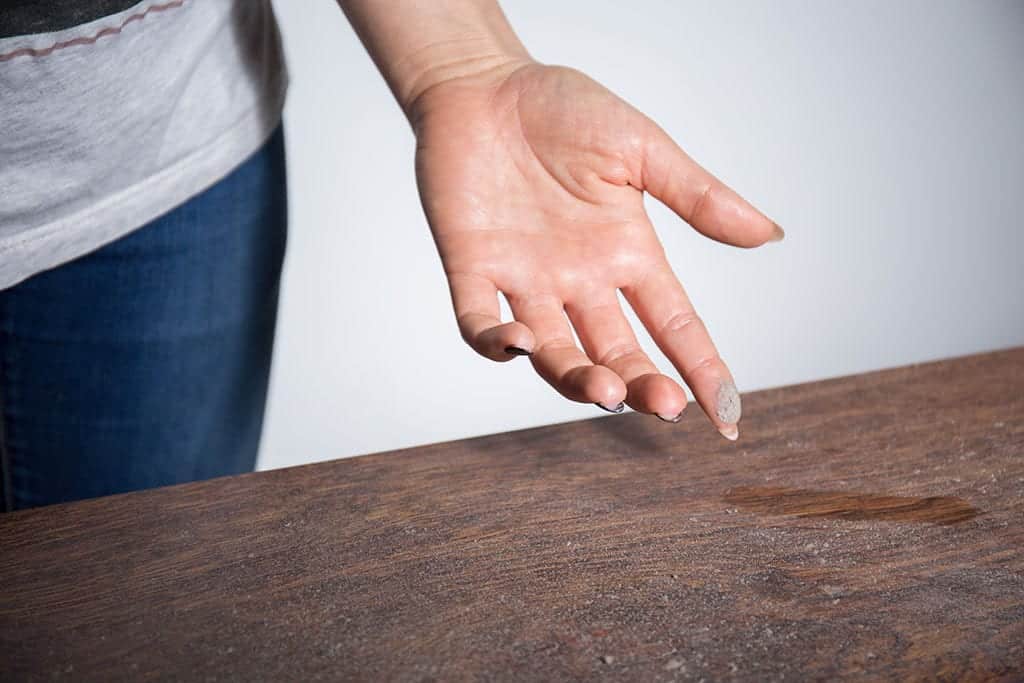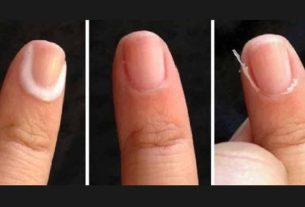Dust is a set of small particles that are released without us noticing. Furthermore, some are a health hazard.
Dust is one of the biggest enemies of a clean home and our health. That’s right, much more than just dirt on the furniture, which you clean, vacuum and clean again and it’s still there.
These small particles present in the air can be a real health hazard. Depending on the origin and size, dust particles can result in major problems.
Therefore, it is something that cannot be ignored, precisely because dust can carry parasites (harmful fungi and bacteria), among other microparticles with the potential to affect our organism. This is even more serious in the case of people who already have a history of allergies and a genetic predisposition for this type of problem.
So, today we are going to learn a little more in depth about these particles that are released naturally, but which can directly affect us.
What is dust?
Firstly, we need to understand what dust itself is. In this case, it is a solid particle in tiny size. Generally, dust is the result of some friction or impact, for example. What makes it a danger to our health is its nature and size.
The interesting thing is that the smaller the dust particle, the more problems it can cause. This is explained by the fact that smaller particles are easier to be inspired and absorbed by the respiratory system. In other words, they can settle in the lung tissue, and the body cannot expel these substances easily.
However, this is not a rule. For example, asbestos particles are larger and more robust than other common particles, but they are still extremely harmful to the human body.
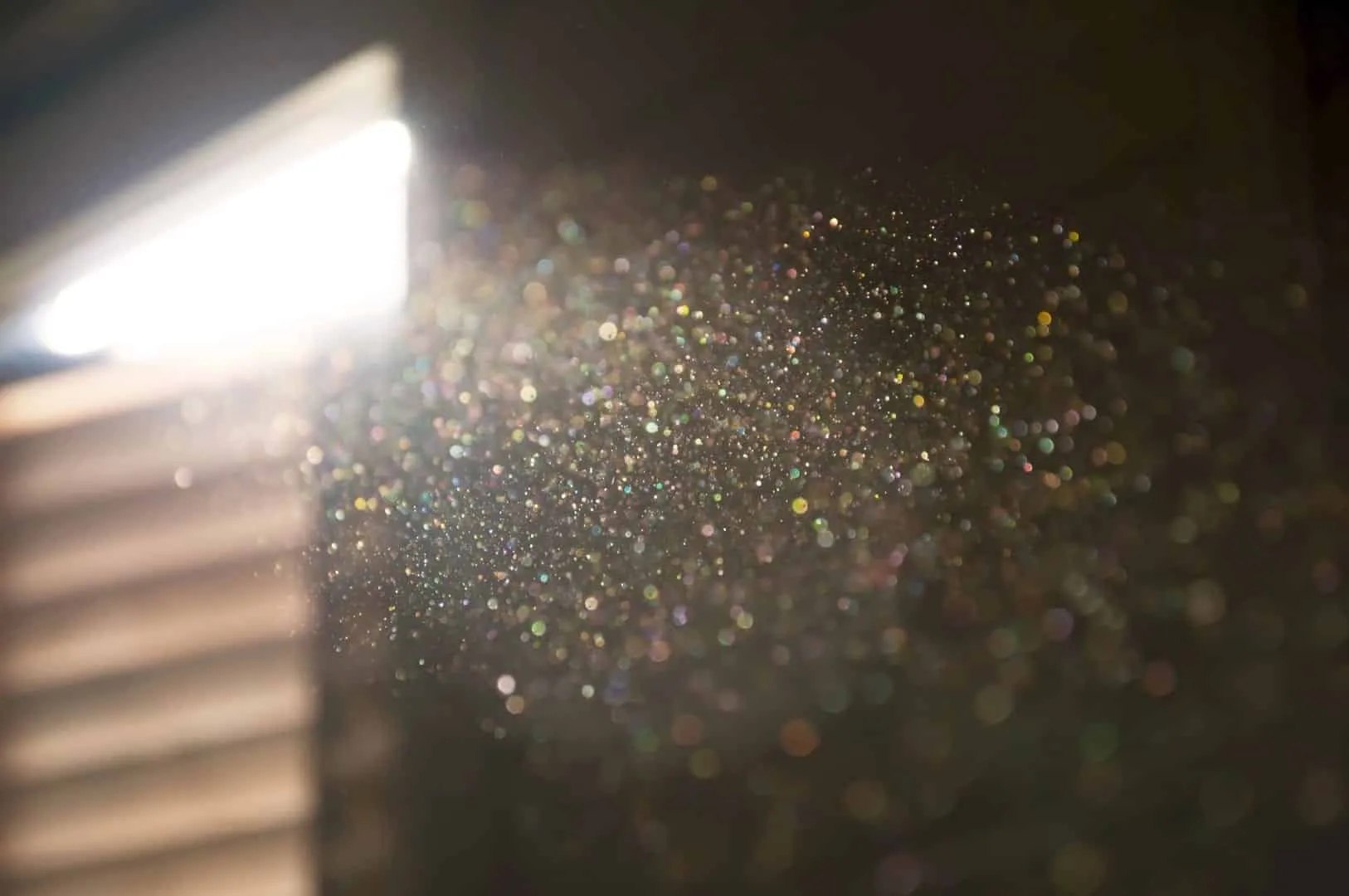
8 main types of dust
1. Nanomaterial Dusts
As the name suggests, nanomaterials are tiny particles, almost invisible to the naked eye. These materials include dust from toxic materials such as titanium dioxide, carbon, polymers, silicon, sulfide, among others. In this case, we are talking about substances that are harmful to health regardless of their form, but even more so in the form of dust.
In case these harmful dust particles are absorbed by the respiratory system, they can reach the bloodstream. And that’s when the problem begins, as they can affect vital organs and body tissues, compromising the individual’s health.
2. Toxic Dusts
In the case of toxic dust, it is the result of the fusion or decomposition of toxic materials. This group includes lead, mercury, chromium, among many others.
Like other dust particles, these can also reach the bloodstream with the risk of settling in various parts of the body. In other words, a real danger.
3. Nuisance Dust
Although they are also harmful to health, nuisance dust is much less toxic. This is due to the fact that they are not absorbed as easily by the body. But they are still noticeable, as they can cause skin irritation, allergies, and congestion of the respiratory system.
4. Flammable Dust
In the case of flammable dust, the danger lies in the ease with which it can catch fire, causing large explosions. One cannot ignore the fact that these particles can cause high flames, or even burn until combustion, in a slower, but still dangerous, process.
5. Mineral Dust
These particles are the result of drilling, ore extraction, and even explosions. Generally, these materials, even if different, can be really harmful to health, and can even cause cancer. Therefore, there is no need for adequate protection when carrying out activities related to mining.
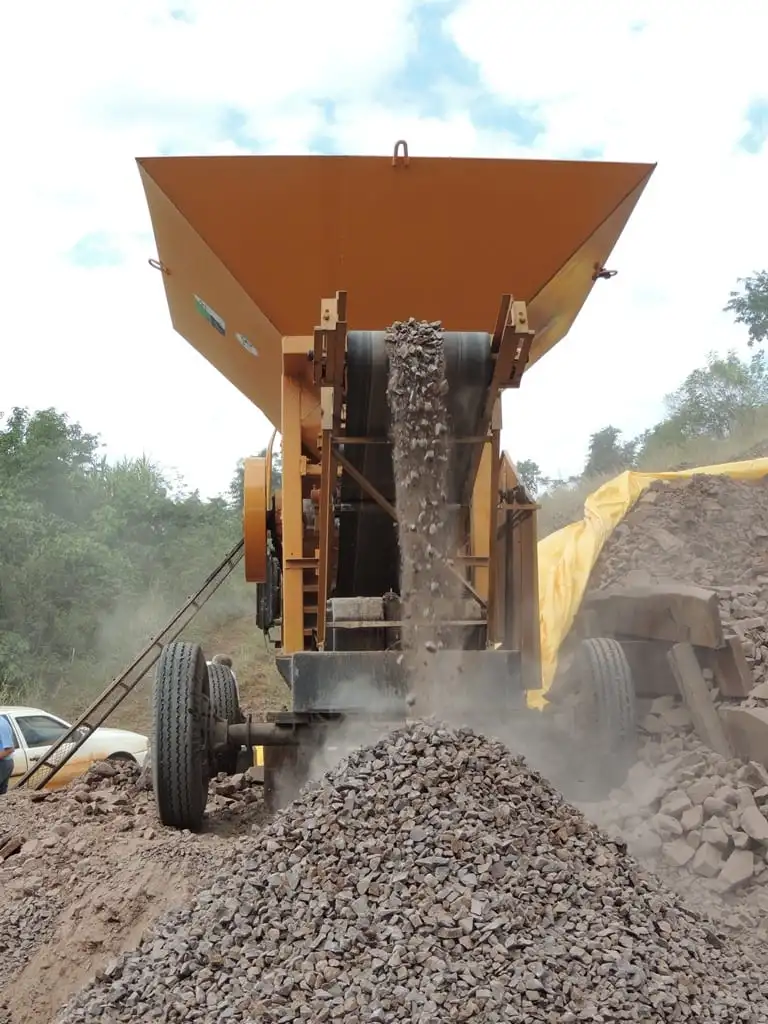
6. Alkaline Dust
Alkaline dust comes from limestone and is basically composed of calcium carbonate, calcium hydroxide, and calcium oxide. These particles, in turn, are highly harmful, as they can cause nose and lung irritation. And it may be linked to the emergence of several lung diseases, such as silicosis and pulmonary emphysema, for example.
7. Vegetable Dust
Plant dust is most commonly found in cotton and sugar cane crops, among others. Furthermore, it can also be seen in activities related to weaving. It may be related to the cause of diseases such as byssinosis and bagasse.
8. Metallic Dust
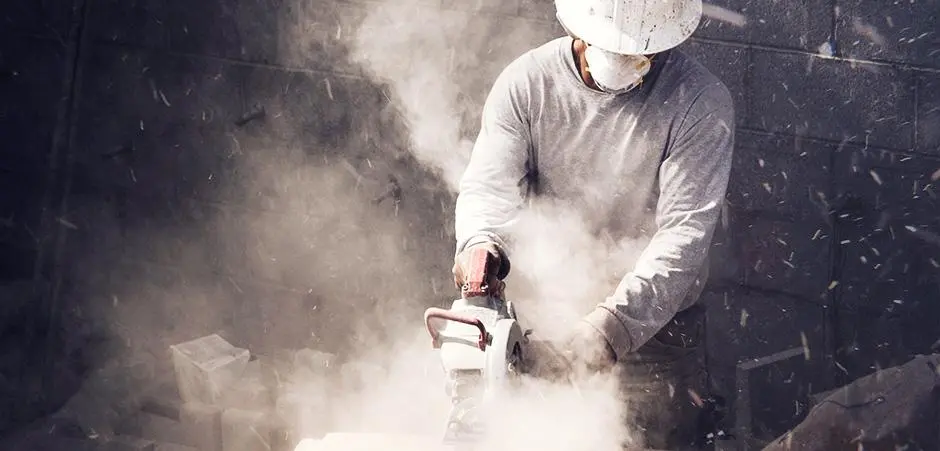
Lastly, we have metallic dust, which is the result of friction with metals. This is because they come loose when the material is sawed or sanded. And, like the others, these particles are also directly linked to respiratory problems.
For this reason, activities related to metal handling require specific care. The use of protective masks, gloves and a ventilated environment are essential for maintaining workers’ health.
8 diseases caused by inhaling dust
Knowing a little more about dust, and the most common types of particles, it became clear that they are related to serious health problems. Check out some of the most common ones below.
- Leptospirosis;
- Histoplasmosis;
- Pneumoconiose;
- Pneumonitis;
- Asma;
- Bronchitis;
- Allergic rhinitis;
- Lung cancer.
With this in mind, it is necessary to look for ways to prevent these diseases through protective measures. Therefore, the first step is to maintain the hygiene of the environment, especially in places where there is little air circulation.
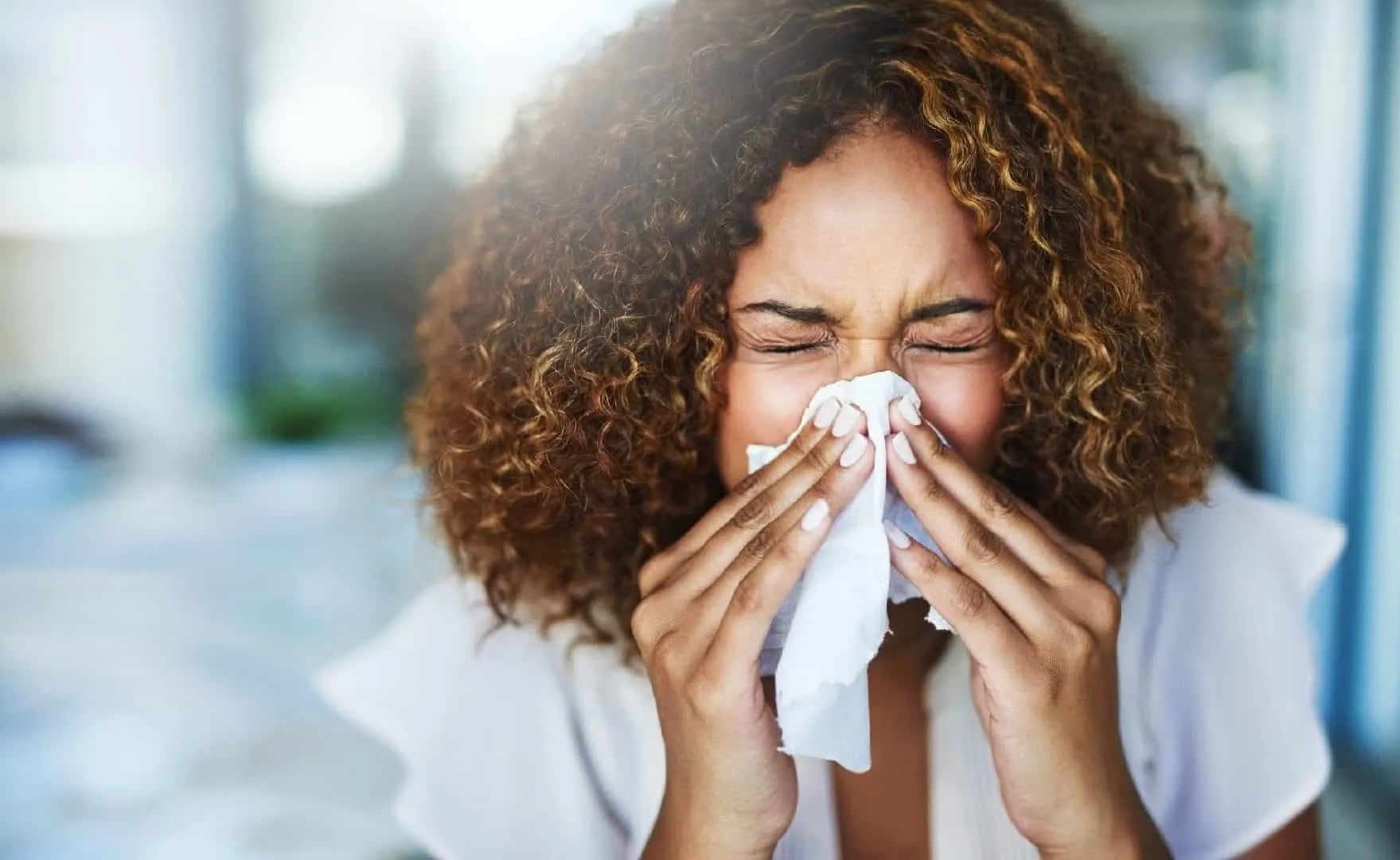
How to properly clean environments that contain dust
The fact is that dust is present everywhere, it is common. Therefore, to clean a very dusty environment, a vacuum cleaner may be the best option. This is because it can vacuum floors, carpets, sofas, among other surfaces where dust can spread more easily.
Although it is the best option, not everyone has such equipment at home. In this case, a damp cloth also does the job well. The ideal is to wet the cloth with water, as water prevents dust from spreading to other places in the room.
So, if you are allergic to dust, or if you are in contact with particles of toxic materials, you must be extra careful. When entering a dusty or closed environment, wearing a mask can avoid major problems and discomfort.
Anyway, now that you know more about the types of dust, check out 17 efficient tips for getting rid of dust.
Sources: Gallileu Magazine, Hipolator, Speaking of Protection
Images: Diamantino Cravo, EZTEC, Viva Bem Uol, WAP, Faz Fácil, Municipality of Mercedes, SOCAF

Sign up for our newsletter and stay up to date with exclusive news
that can transform your routine!
Warning: Undefined array key "title" in /home/storelat/public_html/wp-content/plugins/link-whisper-premium/templates/frontend/related-posts.php on line 12
Warning: Undefined array key "title_tag" in /home/storelat/public_html/wp-content/plugins/link-whisper-premium/templates/frontend/related-posts.php on line 13

